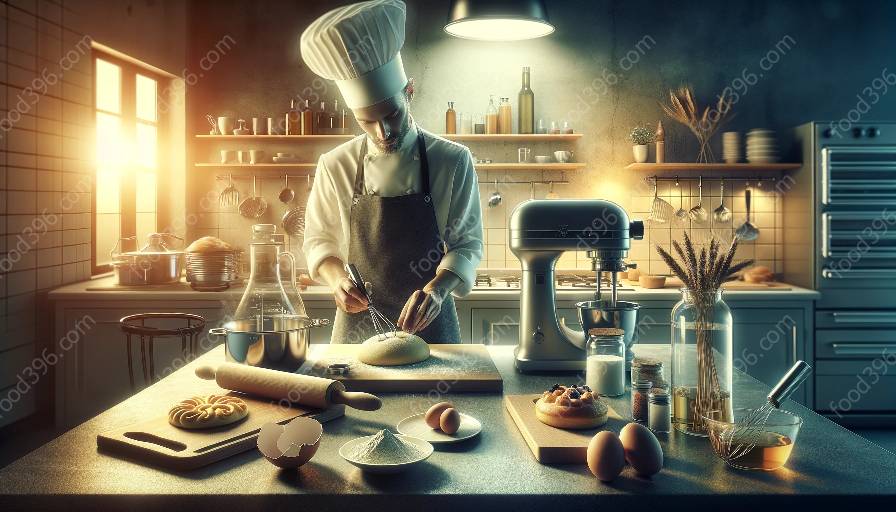When it comes to baking, the art of cake decoration is just as important as the science behind the baking process. From traditional piping and frosting to modern fondant modeling, cake decoration techniques offer a diverse array of options to elevate the appearance of your baked goods. In this comprehensive guide, we'll delve into the intricacies of cake decoration techniques, exploring how they integrate with baking methods and the underlying science and technology.
Piping and Frosting
Piping: Piping is a classic cake decorating method that involves using a pastry bag to create intricate designs and patterns with frosting. There are various piping tips available, each producing different shapes and textures. Popular designs include rosettes, shells, and borders, offering endless possibilities for customization.
Frosting: Frosting, also known as icing, plays a crucial role in cake decoration. From buttercream to cream cheese frosting, the type of frosting chosen can significantly impact the texture, flavor, and appearance of the cake. Understanding the right consistency for different decorating techniques is essential for achieving professional-looking results.
Fondant Modeling
Fondant: Fondant is a versatile sugar paste that can be rolled and molded into various shapes and designs. It provides a smooth and polished finish, making it ideal for creating intricate decorations like flowers, bows, and figurines. Fondant modeling allows for artistic expression and opens up a world of creative possibilities for cake decorators.
Integration with Baking Techniques and Methods
While cake decoration techniques focus on the aesthetics of the final product, they are closely intertwined with baking techniques and methods. The success of a beautifully decorated cake often depends on the quality of the underlying baked layers. Understanding baking fundamentals such as ingredient ratios, mixing methods, and baking temperatures is essential for achieving a cake that not only looks stunning but also tastes delightful.
For instance, the level of moisture in the cake can impact how well frosting adheres to the surface. Similarly, the stability of the cake structure is crucial when using heavy decorations or tiered designs. Furthermore, knowledge of different baking methods, such as creaming, foaming, or sponge cake techniques, can influence the texture and crumb of the cake, which in turn affects how well it can be decorated.
Baking Science & Technology
The art of cake decoration also intersects with baking science and technology. Understanding the physical and chemical processes that occur during baking can enhance the decorative process. For example, knowledge of emulsification and aeration in batters and doughs can improve the stability and consistency of frostings and fillings. Additionally, a deeper understanding of ingredient functionalities, such as the role of fats, sugars, and leavening agents, can contribute to more informed decisions when selecting decorating materials.
Moreover, advancements in baking technology have introduced innovative tools and equipment that aid in precision and efficiency in cake decoration. From airbrushing kits for intricate designs to 3D printing for customized decorations, technology continues to reshape the landscape of cake decoration, offering new creative possibilities.
Conclusion
Mastering cake decoration techniques involves a harmonious blend of artistry and scientific understanding. Whether it's the time-honored skill of piping and frosting or the modern flair of fondant modeling, each technique contributes to the visual appeal of a meticulously crafted cake. By integrating these decoration methods with baking techniques and leveraging the insights from baking science and technology, bakers and decorators can elevate their creations to new heights of creativity and quality.

